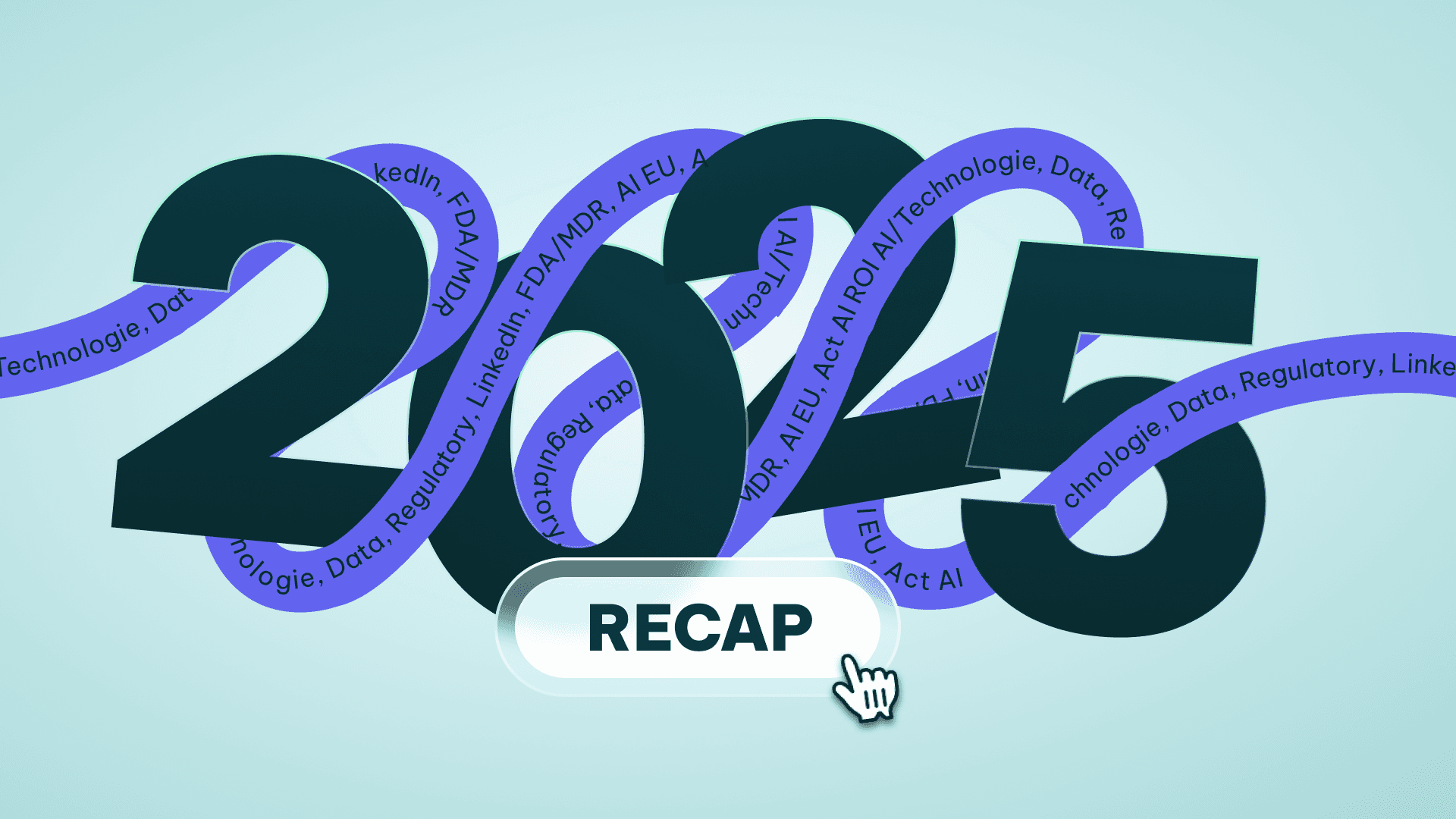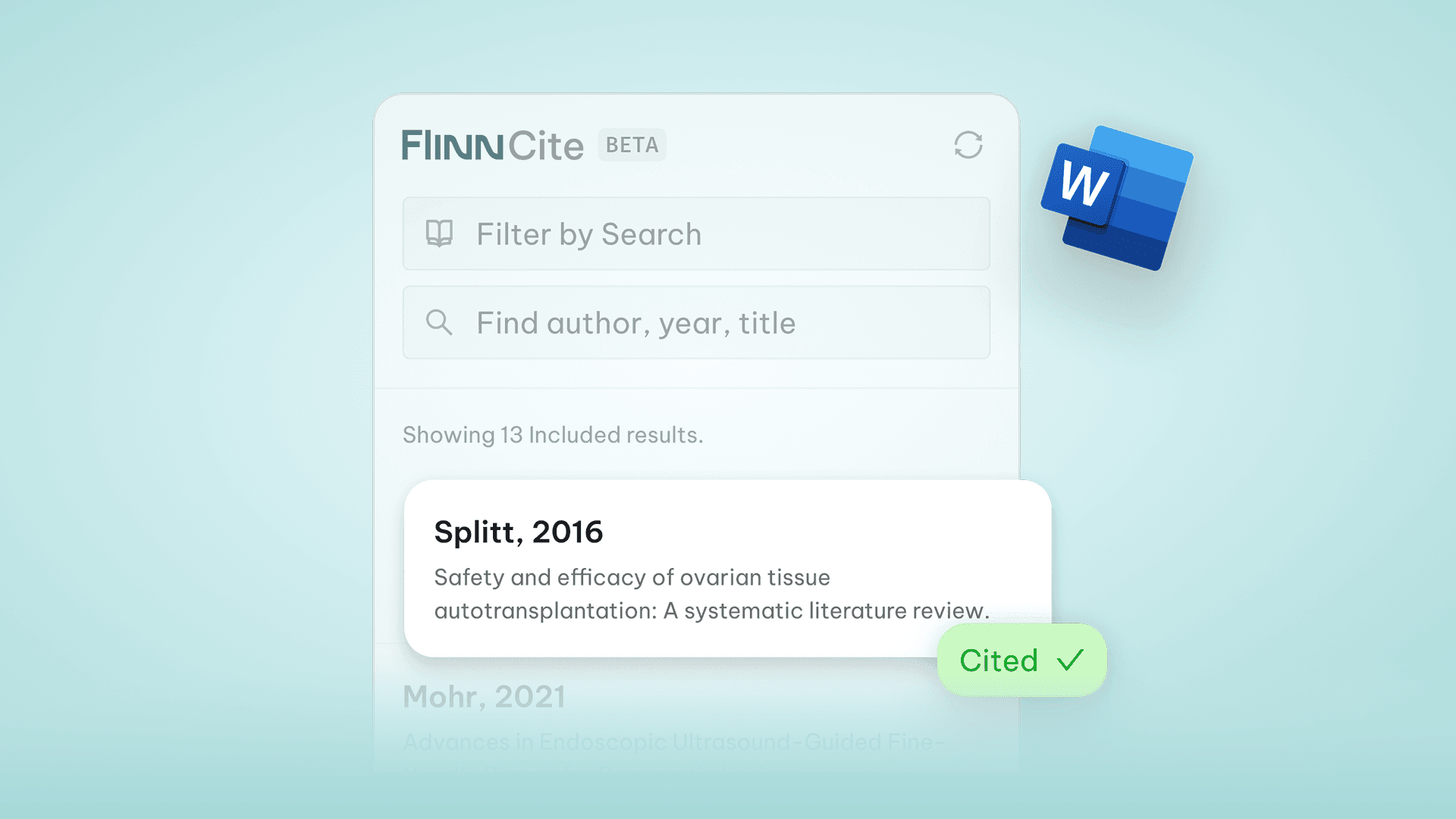AI
Market
6 Min.
The True Price of Poor Quality in MedTech

Heiko Damaske
Sep 30, 2025

Markus Müller
Sep 30, 2025
In MedTech, the Cost of Quality (CoQ) isn’t small. It accounts for 6.8–9.4% of revenue (McKinsey, 2017). And the gap between average and top performers is massive: leaders deliver 30× better quality output, with 45× fewer low-quality products, while operating at ~5× lower costs of poor quality.

Source: McKinsey (2017), adapted by Flinn
In other words: quality isn’t just expensive → poor quality is devastating.
Still, in many MedTech organizations, quality is managed primarily as a cost item. The result? It often gets too little attention until problems become impossible to ignore:
clinical studies worth millions get halted,
recalls cost €10M+ and hit headlines,
lawsuits span 100 countries,
and most seriously, patient lives are put at risk.
In short: small mistakes can have massive consequences. That’s the exact reason the Cost of Quality (CoQ) framework exists.
Breaking down CoQ
The CoQ Framework captures all costs required to bring a safe, effective product to market (and keep it there!).

According to McKinsey – the global consulting firm known for advising many of the world’s leading healthcare and life sciences companies – CoQ typically accounts for 6.8–9.4% of revenue in MedTech. But the Cost of Poor Quality (CoPQ) is many times higher than the cost of Good Quality.
The model breaks CoQ into five categories, often shown as a pyramid:
Prevention Costs – investments in training, systems, processes to prevent errors
Appraisal Costs – costs of testing, auditing, inspections
Internal Failure Costs – defects caught before market release
External Failure Costs – defects that reach the market: recalls, damage claims, lost reputation
Opportunity / Hidden Costs – the hardest to quantify: lost sales, regulatory setbacks, reputational damage

Source: McKinsey, adapted by Flinn
Quality as a Market Differentiator
And this operational excellence translates directly into financial performance. Complementing McKinsey’s data, Deloitte shows that the 30% of MedTech companies with the lowest recall rates outperformed peers with the highest recall rates by 256 percentage points in market returns (Deloitte, 2023). Interestingly, this gap has only become significant since 2018, showing that quality has become a visible differentiator in recent years.

Source: Deloitte (2023), adapted by Flinn
What does this tell us? Quality, in other words, isn’t a cost driver, it’s a profit driver.
The natural next question: where does AI fit into this picture? To answer that, let’s look at the five stages of quality maturity (thanks again, McKinsey!).
5 Stages of Quality Maturity

Source: McKinsey (2017), adapted by Flinn
AI Across the 5 Stages of Quality Maturity
So think of this framework as a mirror: “Where does our organization stand today?” Let’s take a closer look at the stages in more detail:
Stage 0 – No System
Reality: Products are rushed to market with minimal compliance. Complaints pile up. Regulatory issues surface late.
Risk: recalls, lawsuits, reputational loss.
AI’s role: none yet. Without stable processes and reliable data, automation only accelerates chaos (“garbage in, garbage out”).
Stage 1 – Basic Structure in Place
Reality: A QMS exists, but quality culture hasn’t taken root. Documentation is either too sparse (risky) or too bloated (ignored).
Challenge: build awareness across all roles, from engineers to HR to cleaning staff.
AI’s role: Risk-based documentation support is possible, but the bigger need is cultural.
Stage 2 – Systems Established, Room for Improvement
Reality: Processes are running, but inefficient. The challenge is prioritization. For example: do you focus on a 1% defect rate in screws or a 40% defect rate in batteries?
At this point automation really starts to make sense. The system is stable, the data usable.
AI’s role: From this point, tools like Flinn can add real value, detecting patterns early, highlighting hotspots, and helping teams focus resources.
Stage 3 – Strategically Anchored
Reality: Quality is part of corporate strategy. Too many possible improvement paths create decision fatigue.
Challenge: in-house development vs. partnerships, what to automate vs. outsource.
AI’s role: standardized modules accelerate execution, while analytics guide decision-making. Flinn becomes a partner in scaling quality as a strategic advantage.
Stage 4 – Best-in-Class
Reality: Processes go far beyond compliance. Quality teams are asked to teach, mentor, keynote.
Challenge: fine-tuning. Even “luxury problems” still cost time.
AI’s role: deep specialization. Flinn supports with targeted automation and optimization in niche areas.
So far, we’ve looked at quality through the lens of the CoQ pyramid and maturity stages. But quality has another dimension that often flies under the radar: non-compliance.
Beyond the Pyramid: The Cost of Non-Compliance
Regulatory missteps can be just as expensive as a product failure. Delayed MDR submissions, insufficient documentation, or poor audit outcomes can:
delay market entry,
trigger extra inspections and fines,
or in the worst case, block entire markets.
In MedTech, non-compliance is way more than a regulatory headache, it’s a serious cost driver that should be part of every CoQ discussion.
Which leads us to the next point: how Flinn is reshaping this challenge.
Flinn’s Vision: Proactive Quality Management
Our vision is simple: catch problems before they turn into costs!
We’re working on linking all types of changes – supplier, product, process and regulatory requirements – with complaint data. By analyzing trends on both the individual and aggregate level, we create an early warning system for quality risks.
Beyond that, we automate monitoring across multiple sources: competitor problems, findings from scientific literature, and most critically customer feedback. This strengthens Post-Market Surveillance (PMS) and enables benchmarking of internal complaint data against external signals. The long-term vision is to break down silos and integrate diverse data streams from risk management to regulatory monitoring into one intelligent system.
Too often, companies invest in workflow tools that simply digitize paper-based processes – turning binders into PDFs – without really transforming how quality work gets done. Deloitte calls this the difference between digitization and true digitalization (Deloitte, 2023). This is exactly where AI and tools like Flinn matter: they don’t just copy old processes, they enable entirely new, data-driven ways of working.
The benefit is measurable:
In vigilance workflows, Flinn reduces effort from 106 hours to just 10 hours.
That’s a 90% time saving, equal to €7,231 per average PMS project.
Plus, automated duplicate detection reduced reporting workload by 60%, cutting 420 out of 700 reports.
Flinn internal data, 2025
Let’s sum this up!
Our key takeaway & the foundation of this topic is simple: Quality costs money. Poor quality costs far more.
The CoQ pyramid makes the trade-offs visible, but it’s AI and automation that finally give MedTech companies the tools to act on them.
Because in MedTech, perhaps more than anywhere else: Invest in quality early or pay for it many (many, many, many..) times later!
Wondering where your company stands on the quality maturity curve? Reach out to explore your stage and see how Flinn can support your next step.














